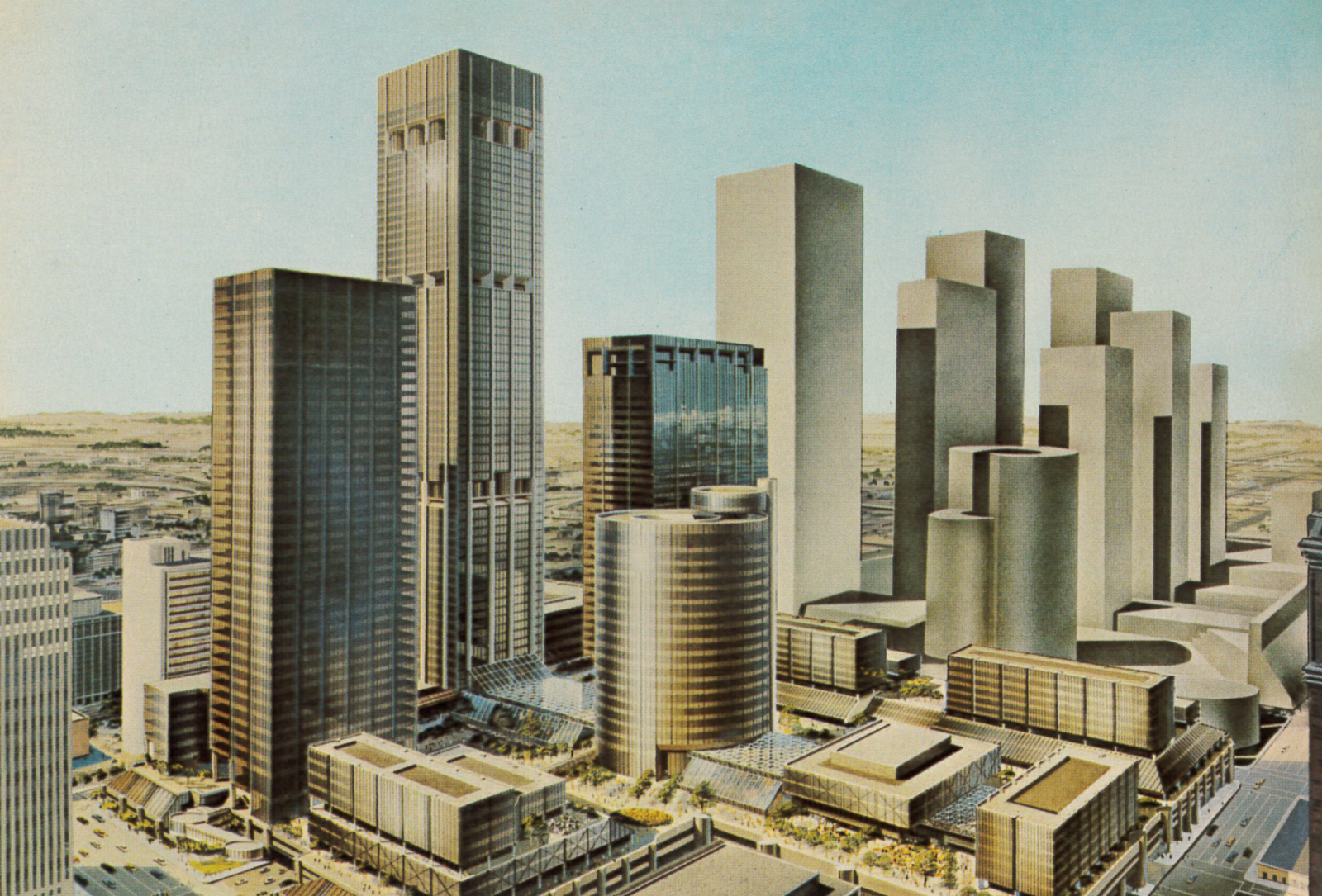The 1970s were a transitional time for the United States as economic instability and social unrest eroded postwar confidence and cities grappled with the effects of continuing suburbanization. Architecture also changed, moving away from the crisp modernism of the 1950s and ’60s and embracing new forms, materials and construction techniques.
Few American cities reflected those changes like Houston, where the 1970s saw the urban landscape reshaped with a range of large- and small-scale projects. Explore the decade’s influence on local architecture with a panel of architects and historians during a virtual program presented by Preservation Houston in partnership with Houston Mod and Docomomo US on Tuesday evening, March 15.
Docomomo US Executive Director Liz Waytkus will begin the presentation with an overview of ’70s design and its importance nationwide, followed by looks at three significant Houston-area projects and what they can tell us about the architecture of the era. UH assistant professor Michael Kubo will discuss Houston Center (1970, William Pereira and Associates), a mega-project proposed for the east side of downtown Houston; architect Kerry Goelzer will explore Tranquillity Park (1979, Charles Tapley Associates), an example of ’70s urban park design; and architectural historian Anna Mod will examine One Moody Plaza (1972, Neuhaus & Taylor), Galveston’s premier 1970s skyscraper.
A discussion and Q&A with the panelists, moderated by Houston Mod President Steve Curry, will follow the presentation.
Details
Tuesday, March 15, 2022
6:30 pm - 8:00 pm Central Time
Free for Docomomo US, Houston Mod, Preservation Houston, and Pier & Beam members (become a Docomomo US member here)
$10 nonmembers
This program will be presented via Zoom. Registrants will receive additional information, including a link to join the program, via e-mail.

